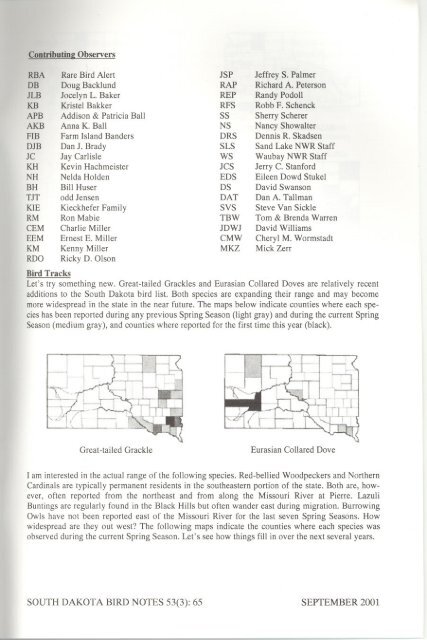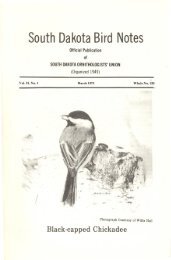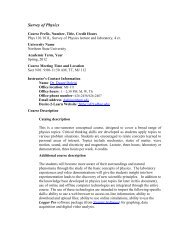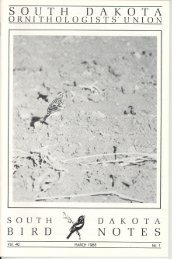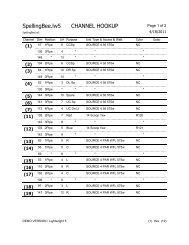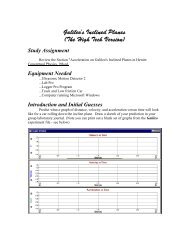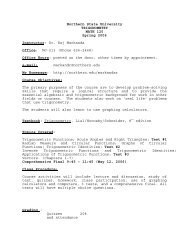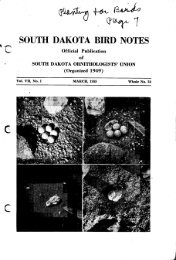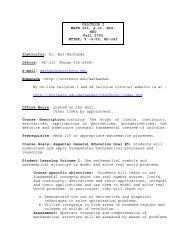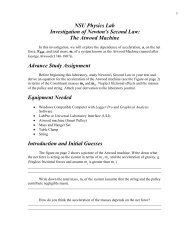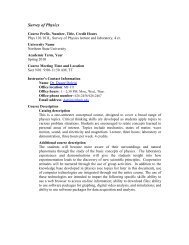Vol 53, 2001 - Northern State University
Vol 53, 2001 - Northern State University
Vol 53, 2001 - Northern State University
You also want an ePaper? Increase the reach of your titles
YUMPU automatically turns print PDFs into web optimized ePapers that Google loves.
Contributing ObserversRBADBJLBKBAPBAKBFIBDJBJCKHNHBHTJTKIERMCEMEEMKMRDORare Bird AlertDoug BacklundJocelyn L. BakerKristel BakkerAddison & Patricia BallAnna K. BallFarm Island BandersDan J. BradyJay CarlisleKevin HachmeisterNelda HoldenBill Huserodd JensenKieckhefer FamilyRon MabieCharlie MillerErnest E. MillerKenny MillerRicky D. OlsonJSPRAPREPRFSSSNSDRSSLSWSJCSEDSDSDATSVSTBWJDWJCMWMKZJeffrey S. PalmerRichard A. PetersonRandy PodollRobb F. SchenckSherry SchererNancy ShowalterDennis R. SkadsenSand Lake NWR StaffWaubay NWR StaffJerry C. StanfordEileen Dowd StukelDavid SwansonDan A. TallmanSteve Van SickleTom & Brenda WarrenDavid WilliamsCheryl M. WormstadtMick ZerrBirdTracksLet's try something new. Great-tailed Grackles and Eurasian Collared Doves are relatively recentadditions to the South Dakota bird list. Both species are expanding their range and may becomemorewidespread in the state in the near future. The maps below indicate counties where each specieshasbeen reported during any previous Spring Season (light gray) and during the current SpringSeason(medium gray), and counties where reported for the first time this year (black).Great-tailed GrackleEurasian Collared DoveI am interested in the actual range of the following species. Red-bellied Woodpeckers and <strong>Northern</strong>Cardinals are typically permanent residents in the southeastern portion of the state. Both are, however,often reported from the northeast and from along the Missouri River at Pierre. LazuliBuntings are regularly found in the Black Hills but often wander east during migration. BurrowingOwls have not been reported east of the Missouri River for the last seven Spring Seasons. Howwidespread are they out west? The following maps indicate the counties where each species wasobserved during the current Spring Season. Let's see how things fill in over the next several years.SOUTH DAKOTA BIRD NOTES <strong>53</strong>(3): 65 SEPTEMBER <strong>2001</strong>


